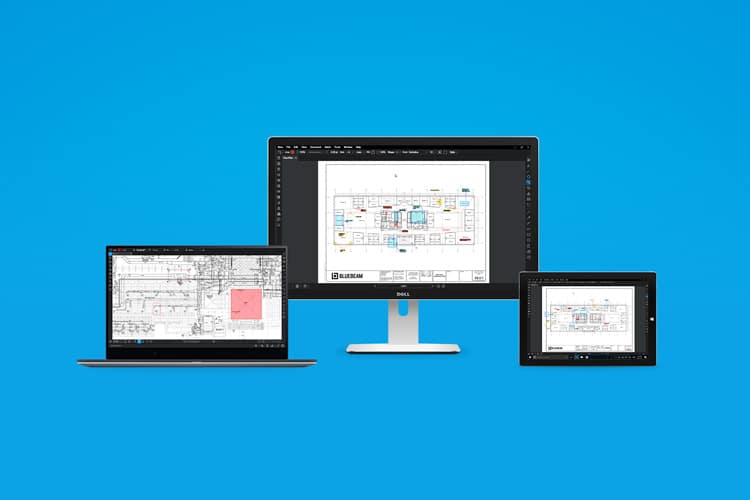America’s infrastructure needs a major makeover.
According to the United States Congressional Budget Office, infrastructure spending as a share of the country’s gross domestic product (GDP) has steadily declined in the last several decades, even as the population has risen mightily.
However, the incoming Biden administration appears poised to address the issue in its first-term legislative agenda.
Lagging infrastructure particularly impacts American cities that have experienced tremendous growth in recent years. Atlanta, Georgia, is one example. Not only has Atlanta been a growth magnet in recent years but its population is estimated to increase by almost 3 million people over the next 30 years.
As a result, the largest metropolitan area in the southern U.S. is one of the most traffic-plagued areas of the country. The city is also home to one of the busiest airports in the world, further worsening motorist congestion.
An exceptionally traffic-dense stretch is just southeast of Hartsfield-Jackson International Airport, where northbound I-75 crosses with I-285, the large perimeter highway that circulates Atlanta’s sprawled city center.
In 2019, general contractor The Walsh Group broke ground on a $76 million expansion of the northbound I-75 highway as it connects with I-285 south, in an effort to alleviate traffic congestion and smooth out the interchange. The project is set to be completed in the fall of 2021.
Critical to the project’s efficiency has been the implementation and use of a suite of Bluebeam-enabled technologies.
As the above video shows, in addition to using Bluebeam Revu, the I-75 project team instituted a complex document management system that organizes and updates document sets in Bluebeam before they are eventually pushed to workers in the field, who use tablet computers to work off detailed plans as they traverse up and down the expansive jobsite.
On January 27, key members of The Walsh Group’s I-75 project team sat down with The B1M’s Fred Mills and Bluebeam’s Amanda Wieting to discuss the intricacies of spearheading critical infrastructure projects as well as how the project team is using technology to complete the I-75 expansion in a tight, two-year window.











